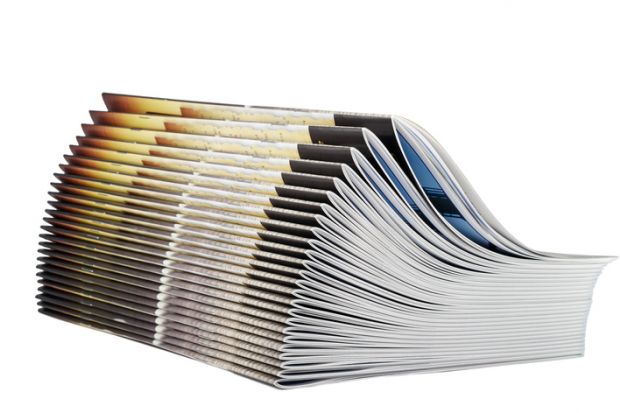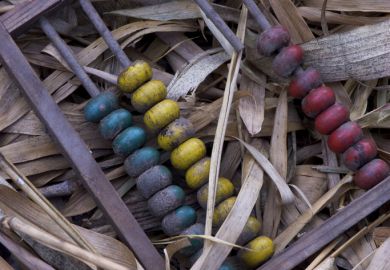The rise of so-called cloned journals has succeeded standard predatory journals as the latest moral peril facing researchers desperate to have their research published.
Cloned – or “hijacked” – journals mimic the details of legitimate journals, such as their International Standard Serial Number (ISSN), title and – as closely as possible – their domain names. They charge authors fees of up to US$1,000 (£728) to publish, but do not carry out any peer review or editing.
In Pakistan alone, more than 150 research papers, submitted by about 400 researchers, are reported to have been published in a cloned journal since 2019. That is 400 papers whose reputations are now tarnished by their association with fraud.
Last year, a German researcher discovered that almost 400 papers from three hijacked journals featured in the World Health Organisation’s official library of Covid-19 papers, including 70 papers from India.
Whose fault is this – apart from the fraudsters’? Many observers might be inclined to blame the authors for not checking the authenticity of the journals they submit to – perhaps suspecting them of deliberately turning a blind eye to their authenticity. But it is not easy to distinguish a cloned journal from a real one, and the existing tools to help people are far from perfect.
In Pakistan, regulatory body the Higher Education Commission (HEC) stipulates policies regarding how and where researchers should publish. Its online database, the HEC Journal Recognition System (HJRS), lists all the journals the commission recognises, categorised by subject. Researchers in Pakistan routinely use it to look for relevant journals to target for paper submission.
The HJRS gives them the journal’s details, such as its ISSN, publisher and country of origin. But, crucially, it does not give the journal’s URL. It also stipulates whether they are listed in Scopus and Web of Science, but even these international bibliographic databases do not always give a link to the journal’s home page, and they do not warn scholars to beware of a cloned journal. They may even inadvertently list the wrong URLs themselves.
In the absence of an authoritative source, researchers are reduced to using Google – but Google search results do not distinguish between real journals and their clones, and sometimes their page rank is similar.
One solution might be to train scholars to identify whether a journal is authentic. But it isn’t so easy. Clones are called clones because they look extremely similar to the real journal, even listing the same editorial board members.
A much better solution would be for the HEC itself to put the correct link to each and every journal at the bottom of its HJRS page. The HEC is reportedly developing a new policy on journal selection and publication of research studies; perhaps journal URL verification process could be written into it.
However, making the HJRS fit for purpose will be a big job, as it suffers from various flaws. For instance, for some journals, it lists different countries of origin from those listed by Scopus and Web of Science. Many journals that the HJRS lists do not appear on either of those databases at all. And in some cases only one ISSN is listed; journals are supposed to have one ISSN for their print version and another for their electronic version. For junior researchers like me, it is all immensely confusing.
Such flaws in the HJRS generate scepticism and cynicism. Some researchers in Pakistan suggest that it is managed by non-academics who know little about the journal landscape. Others speculate about more nefarious practices. But whatever the reason, these flaws must be fixed as soon as possible. Above all, the HJRS must provide every journal’s legitimate home page link, and it must start a subject-by-subject list of cloned journals to watch out for, identifying both the original and fake websites.
Pakistani academics can only be saved from falling prey to cloned and fake journals if they are given the tools to distinguish them from the real thing.
Rameez Mahesar is an MPhil scholar in mass communication at Shah Abdul Latif University in Khairpur, Pakistan. He is the member of the editorial board for a Russian research journal, Bulletin of Science and Practice.
Register to continue
Why register?
- Registration is free and only takes a moment
- Once registered, you can read 3 articles a month
- Sign up for our newsletter
Subscribe
Or subscribe for unlimited access to:
- Unlimited access to news, views, insights & reviews
- Digital editions
- Digital access to THE’s university and college rankings analysis
Already registered or a current subscriber?








